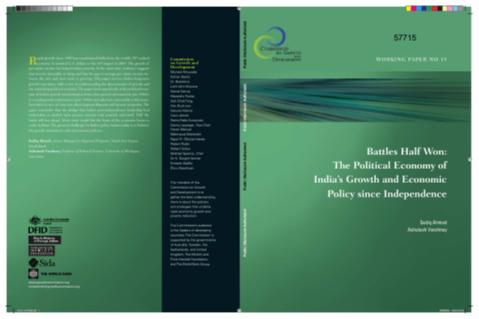Resource information
Rapid growth since 1980 has transformed India from the world's 50th ranked economy in nominal U.S. dollars to the 10th largest in 2005. The growth of per capita income has helped reduce poverty. At the same time, evidence suggests that income inequality is rising and that the gap in average per capita income between the rich and poor states is growing. This paper reviews India's long term growth experience with a view to understanding the determinants of growth and the underlying political economy. The paper looks specifically at the political economy of India's growth transformation from a low-growth environment (pre-1980s) to a rapid-growth environment (post 1980s) and asks how sustainable is this transformation in view of concerns about regional disparity and income inequality. The paper concludes that the pledge that India's post-independence leadership had undertaken to abolish mass poverty remains only partially redeemed. Half the battle still lies ahead. Many more would like the fruits of the economic boom to come to them. The greatest challenge for India's policy makers today is to balance the growth momentum with inclusionary policies.


